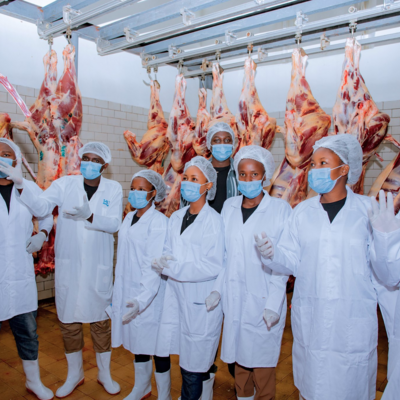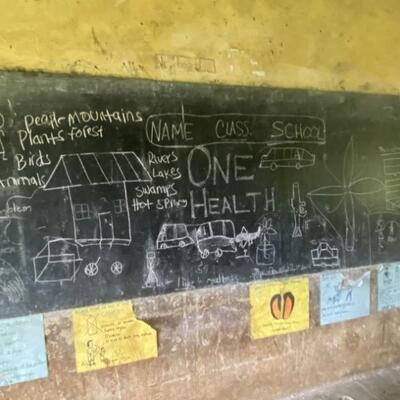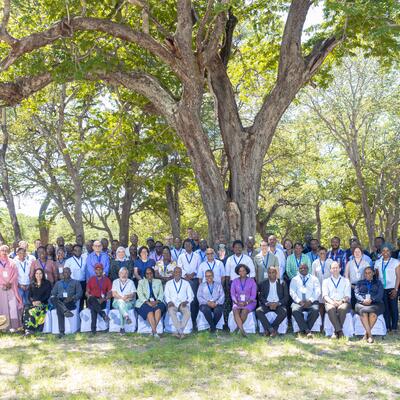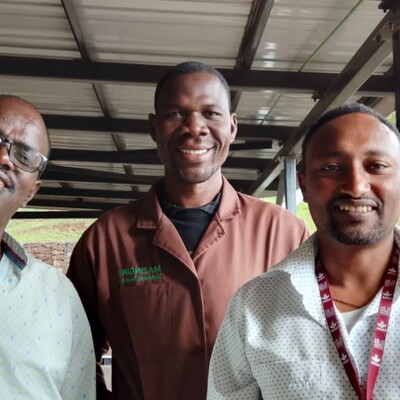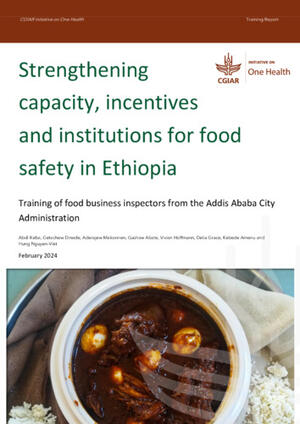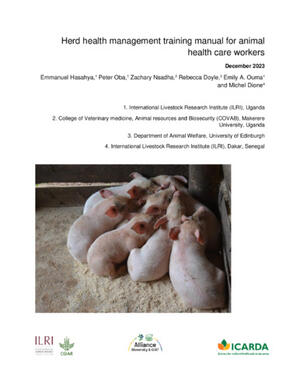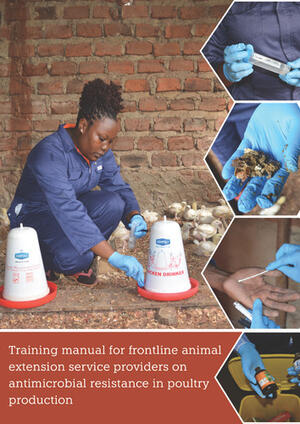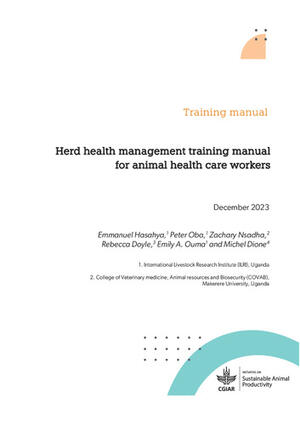
One Health Centre in Africa and partners to support capacity development of Narok County One Health platform
Narok County, located in southwestern Kenya, has one of the highest densities of livestock in the country, with an estimated 1.5 million head of cattle, 2.6 million sheep and 1 million goats, among other livestock species. Most of the local people are pastoralists who rely heavily on their local environment for their livelihoods and wellbeing.
Narok also has robust ecologies which support crop production and diverse species of wildlife, including the ‘Big Five’, and millions of migratory wildebeest in the famous Maasai Mara National Reserve, attracting both local and international tourism.
However, these economic activities lead to persistent interaction of people with livestock and wildlife which presents a risk for transmission of zoonotic diseases (diseases spread between people and animals).
Recognising this public health risk, the county created a One Health platform to bring together county officials from the veterinary, medical, wildlife and environment departments to plan how best to prevent the spread of zoonotic diseases.
On 22–23 December 2021, the Narok County One Health platform hosted a meeting to share findings from recent One Health research in the county and develop a capacity development strategy to enhance the performance of the platform.
Present at the meeting were representatives from the One Health Centre in Africa (OHRECA) and the Animal and Human Health program at the International Livestock Research Institute (ILRI); the University of Nairobi’s Department of Public Health, Pharmacology and Toxicology; Vétérinaires Sans Frontières Germany and the Kenya Wildlife Service.
The One Health platform was represented by senior officials from the county departments of health and sanitation; agriculture, livestock development and fisheries; environment and natural resources; tourism and wildlife; and education.
The first day of the meeting featured presentations and discussions on One Health research activities in the county over the last five years, specifically, zoonotic diseases at the livestock–wildlife–human interface, antimicrobial resistance, meat safety, livestock identification and traceability, and rabies control.
The presentations provided a good opportunity for the county officials to identify research findings that could be used to refine existing policies. Participants also recommended that livestock owners be sensitised on the rational use of antimicrobials to reduce the incidence of antimicrobial-resistant agents.
The second day was spent on prioritising actions to strengthen the One Health platform. Each participant suggested two key action areas for ILRI and the One Health platform in the coming year. All the suggestions were listed and ranked.
Technical capacity development was highly ranked; this would include training of the platform members and support towards developing a strategic plan for One Health in the county. Also highly ranked was community outreach and awareness to adopt best practice to reduce zoonotic diseases and antimicrobial resistance.
The meeting was held at a time when One Health is being embraced as an approach for managing the complex health challenges that occur at human, animal and environment interfaces.
The county officials acknowledged the proposed One Health capacity building efforts of OHRECA and other partners in the county. They also pledged to continue partnering with ILRI and other institutions on research to ensure that outputs benefited the local community. They further proposed to explore ways of making available additional resources in various ministries to support capacity building on One Health.
Participants at the Narok County One Health platform meeting held at Narok, Kenya on 22–23 December 2021 (photo credit: ILRI/Hung Nguyen-Viet).







